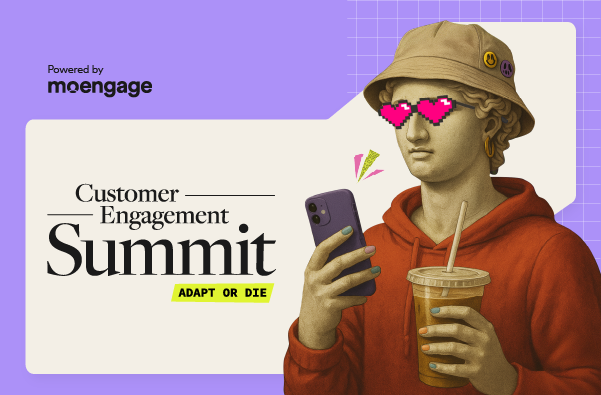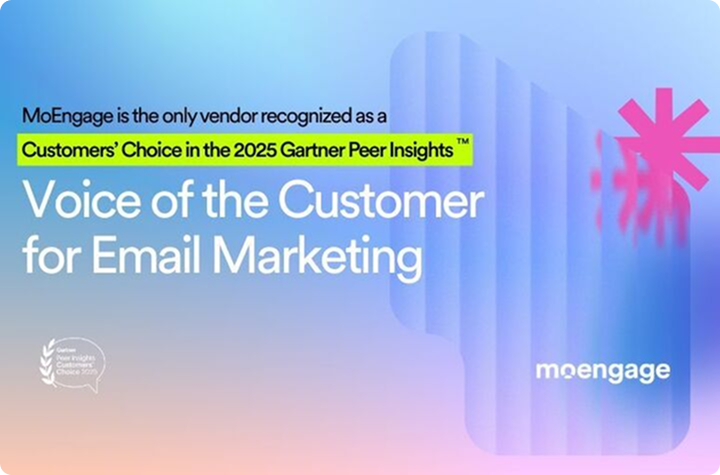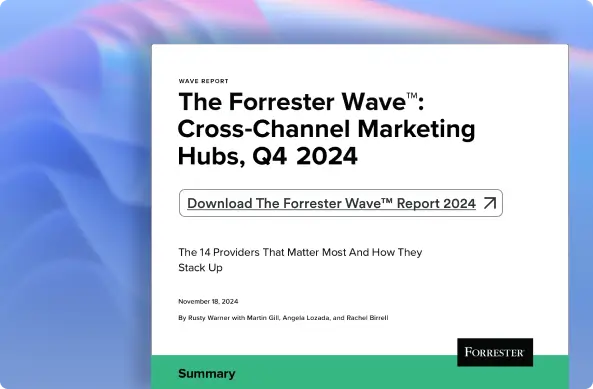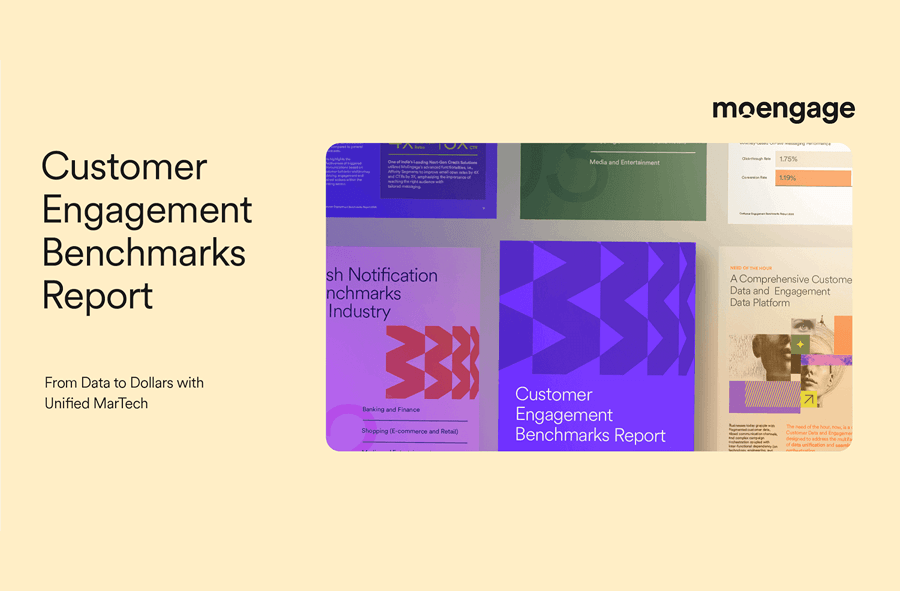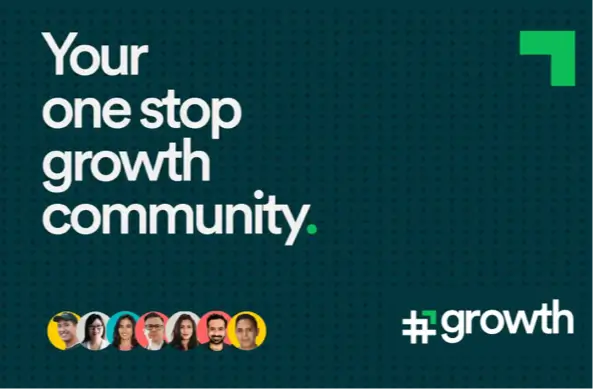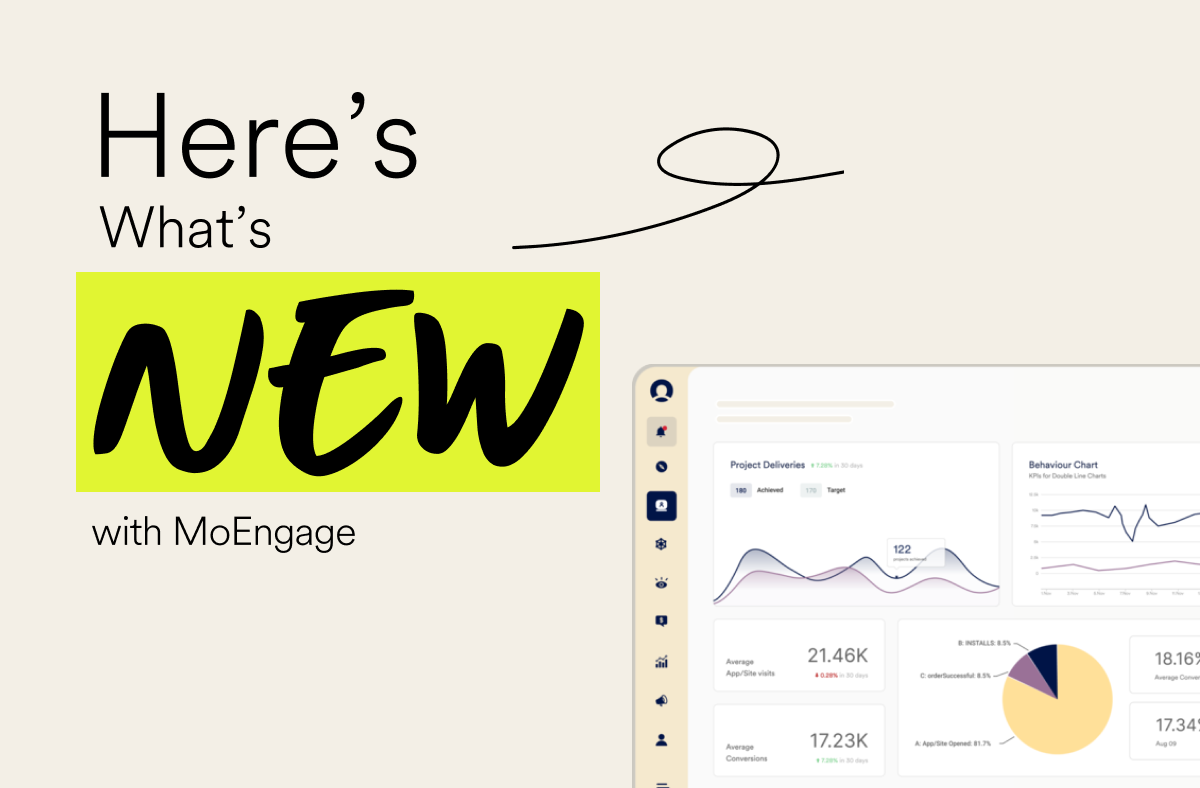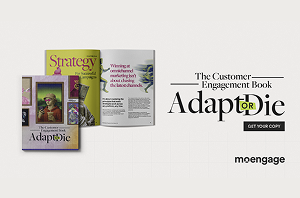CDEP in the AI-verse: Why Do Traditional Engagement Platforms Fall Short in the New Paradigm?
In today's AI-verse, traditional engagement platforms fail because their siloed architectures cripple AI with fragmented data. Customer Data and Engagement Platforms (CDEPs) provide the solution: a unified, AI-native foundation. This enables the real-time, intelligent orchestration necessary to meet modern customer expectations and build a future-proof tech stack.
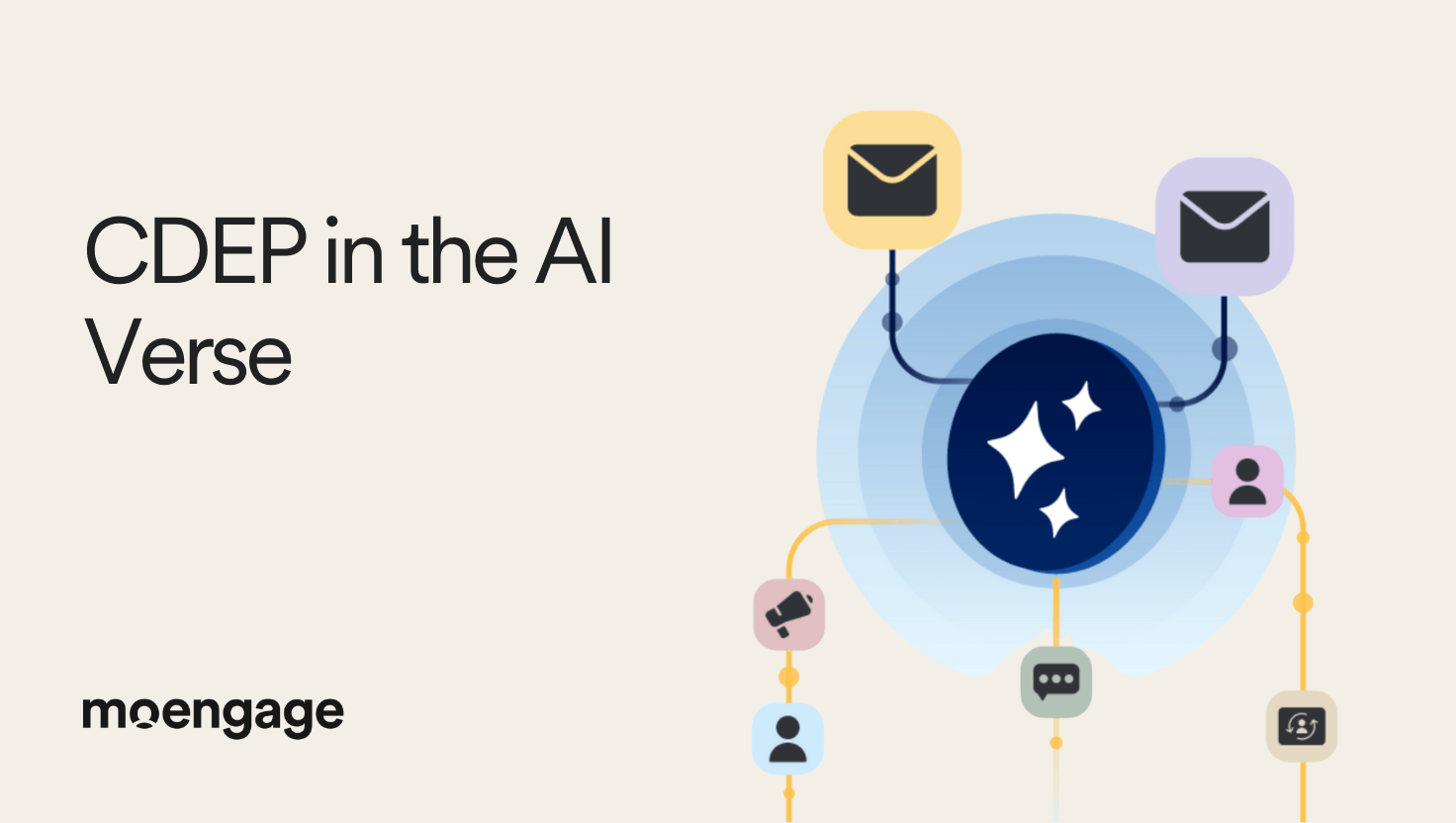
Reading Time: 5 minutes
In this AI-verse we inhabit, your customers have evolved. Intelligent algorithms have trained your customers to expect experiences that anticipate their needs, remember their preferences, and predict their next move.
The question isn’t whether you’re ready for AI. The real question is whether your engagement platform can deliver the AI-native experiences your customers now consider standard.
The truth is that AI is only as intelligent as the data it is trained on. This is solely the reason why most AI initiatives fail.
Welcome to the AI-Verse
Personalization is so old-school in 2025 that it’s a given. In the AI-verse, consumers expect prescient, context-aware experiences that anticipate their needs before they even articulate them.
But the cold truth is that most traditional engagement platforms were built for a pre-AI world. They were made for a time when static segmentation was new and ‘first name’ personalization was seen as a heartwarming initiative from brands.
But times have changed. In the AI-verse, traditional customer engagement platforms are not only outdated but also hinder your brand’s ability to comprehend and meet customer needs.
Where Traditional Platforms Crack Under the AI Pressure
AI has become the ultimate litmus test to measure the efficiency of a Martech stack, ruthlessly exposing every crack, gap, and limitation in traditional data platforms. While these platforms could limp along in simpler times, AI’s demands have revealed their fundamental inadequacies. AI models are simultaneously data-hungry and data-quality sensitive; they need vast amounts of information but will fail spectacularly if that data is incomplete, inconsistent, or stale.
Traditional customer engagement platforms have done nothing to eradicate data fragmentation. However, they may have added to the data fragmentation and siloing. This fragmented customer data, scattered across touchpoints that traditional platforms struggle to unify, creates devastating AI blindspots.
When AI can’t see the complete picture, it makes decisions based on incomplete information, resulting in messages sent to the wrong audience at the wrong time. Despite all the heavy investment into these technologies, customers still end up feeling misunderstood.
The Acquisition Trap: Short-Term Growth Strategy Over Long-Term AI StrategyIn a bid against time to ensure retention of their market shares, traditional enterprise platforms went on a rigorous acquisition spree. Traditional enterprise platforms bought everything from email marketing suites to data platforms to automation engines. They acquired it while overlooking the simple fact that each module spoke a different language. The modular stack and ecosystem they proposed looked great on paper, but customers were essentially purchasing huge data silos, paying upwards of $100,000 per product per year. Traditional platforms are falling behind in AI because they still struggle to achieve the data seamlessness AI demands. They manage a collection of products from different companies under one umbrella. |
Limitations in Data Architecture
Traditional engagement platforms were short-term fixes around data silos, and they never eradicated data silos. But AI demands unified data.
Enterprise platforms built their reputations on comprehensive feature sets, but their modular architectures become AI’s worst enemy.
Think about it: Data flows through a combination of multiple internally siloed systems, APIs, and integration layers, resulting in latency that hinders real-time AI decision-making.
Their batch processing capabilities, once considered robust, now feel glacial when AI needs to process behavioral signals within milliseconds.
While traditional customer engagement platforms can store massive amounts of historical data, this begs the question: Is the data actionable in real-time?
Intelligence Gaps
Traditional engagement platforms provide powerful segmentation tools, but they segment customers into static buckets when AI thrives on dynamic, behavior-driven micro-segments that shift in real-time.
While traditional platforms can create journeys based on pre-determined paths, AI tends to adapt journeys dynamically based on individual customer signals.
Orchestration Failures
Traditional engagement platforms excel at optimizing channels independently. However, the need of the hour is AI-powered optimization that is orchestrated seamlessly through multiple channels.
Traditional platforms are built for high levels of human intervention, with adjustments, optimizations, and coordination across channels manually. This is exactly the bane in the AI-verse. Human-driven orchestration and optimization result in marketers missing out on the ‘golden window’, resulting in operational delays and messaging inconsistencies. For customers habituated to seamless AI experiences, receiving such inconsistent experiences is nothing short of a deal-breaker.
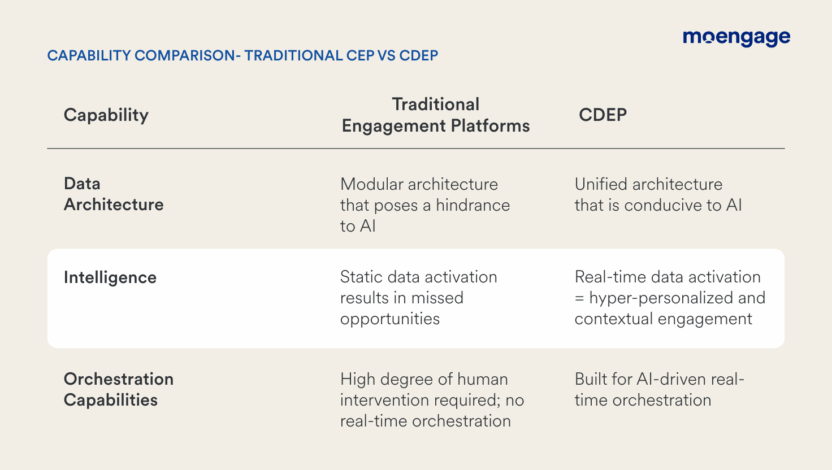
CDEP: Born for the AI-verse
Customer Data and Engagement Platforms (CDEPs) differ from traditional engagement platforms in that, unlike traditional platforms that are currently retrofitting AI features, CDEPs are built for the AI era.
With an AI-native architecture that treats machine learning as a core operational requirement, investing in a CDEP is essentially future-proofing your AI-driven growth strategy.
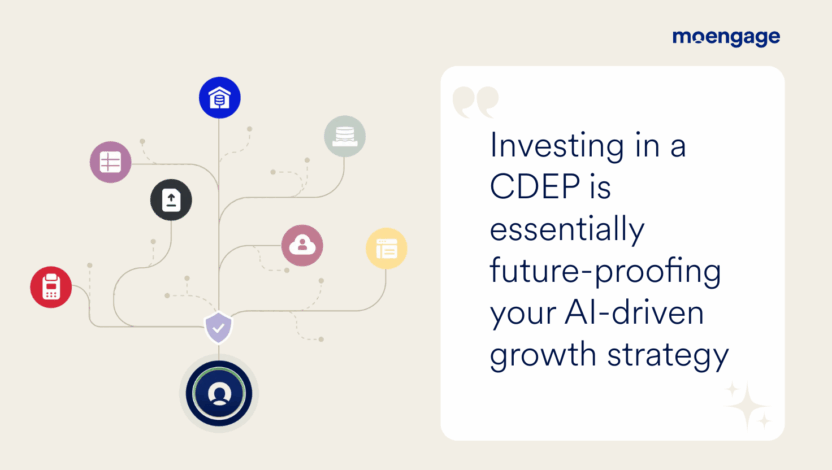
A true CDEP provides the unified data foundation that AI demands, processing customer information in real-time across all touchpoints. It maintains the data quality and governance standards that ensure AI models learn from accurate, complete information rather than incoherent and inconsistent data that produces mediocre and non-actionable insights.
But more than just managing data, CDEPs orchestrate intelligent customer experiences. They don’t just collect behavioral signals; they interpret them through AI to predict intent, personalize interactions, and optimize engagement.
AI Ready vs AI Wishful
In a bid against time, many organizations are attempting to purchase AI capabilities as an add-on to their traditional platforms, hoping that the sophisticated ML algorithms will bridge the gaps created by fragmented data and siloed operations. Despite the substantial investments, these companies are puzzled by the lackluster performance and ROI from AI tools.
It’s not AI that is under-performing. It’s the shaky foundations offered by traditional platforms that are posing the real challenge to brands. The performance disparity between traditional approaches and AI-native platforms is not only widening; it is accelerating. As AI technology evolves and customer expectations soar, the advantages of utilizing an AI-native platform become increasingly significant over time.
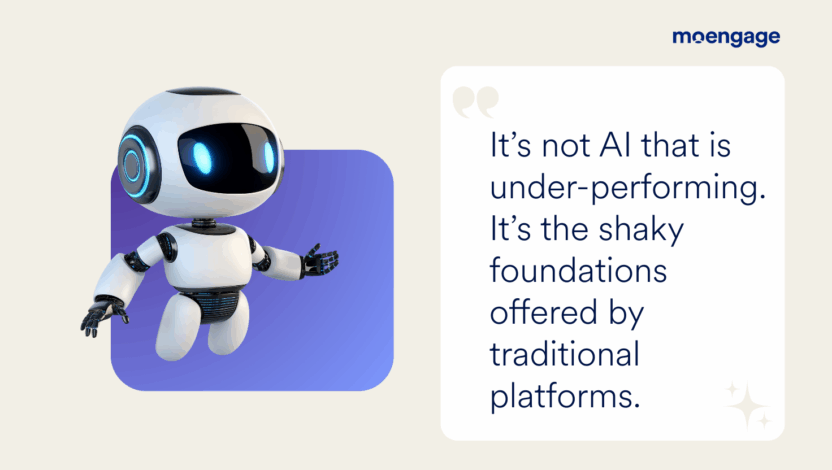
Ultimately, the reality is clear: AI has already transformed customer engagement, and the pressing question now is whether your technological framework can effectively support the AI-driven experiences that consumers are starting to demand. While traditional engagement platforms have served their purpose, adapting them for the AI-driven landscape is akin to trying to attach a jet engine to a horse-drawn carriage.
Conclusion
The foundational architecture in traditional engagement platforms falls short in meeting the speed, intelligence, and seamless integration that modern customer engagement requires. Customer Data and Engagement Platofmrs (CDEPs) signify more than just an upgrade; they herald a transformative shift toward AI-native customer engagement. They offer a cohesive data foundation, real-time processing capabilities, and intelligent orchestration that transform AI from a mere buzzword into a substantial competitive edge.


